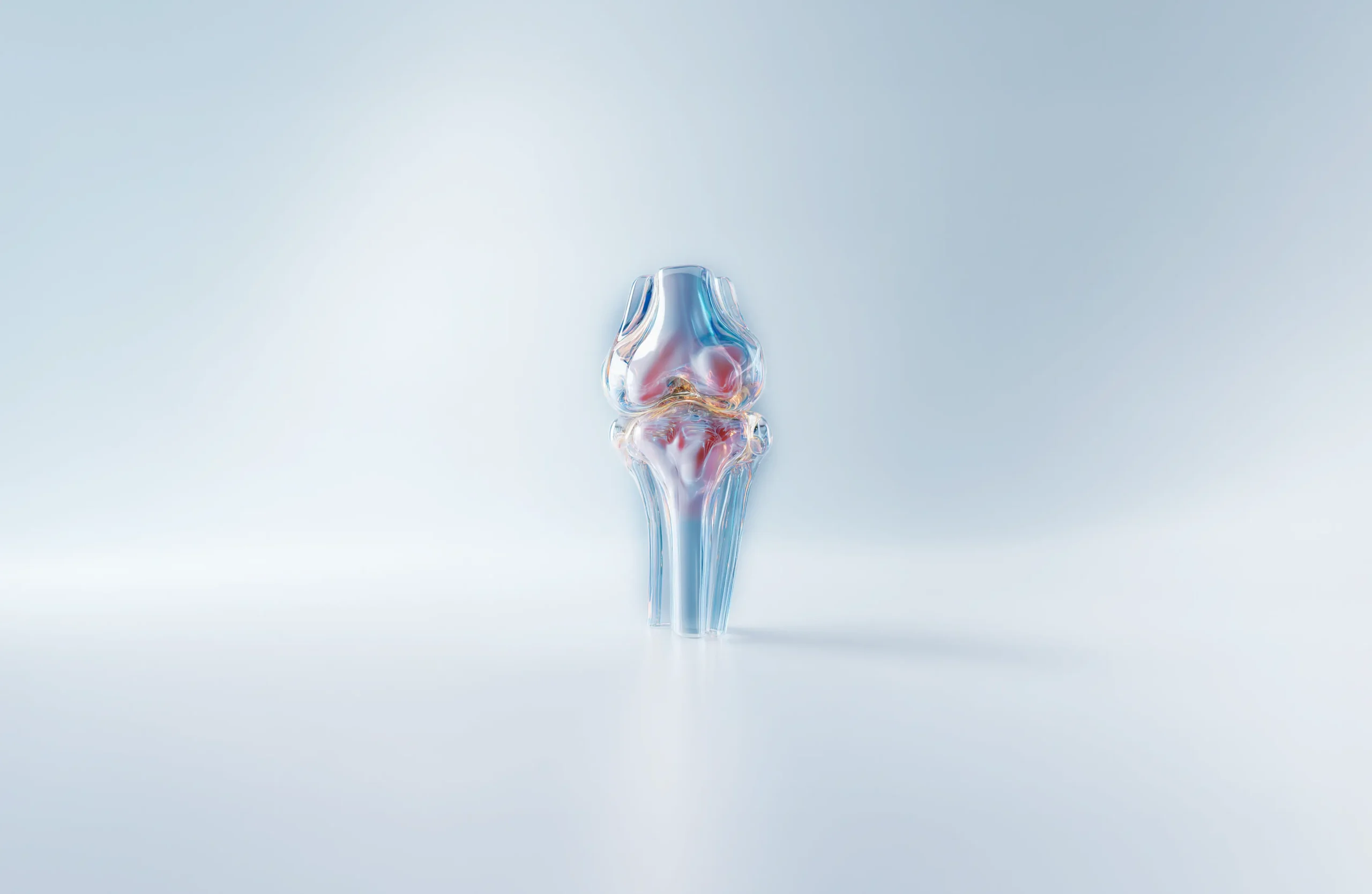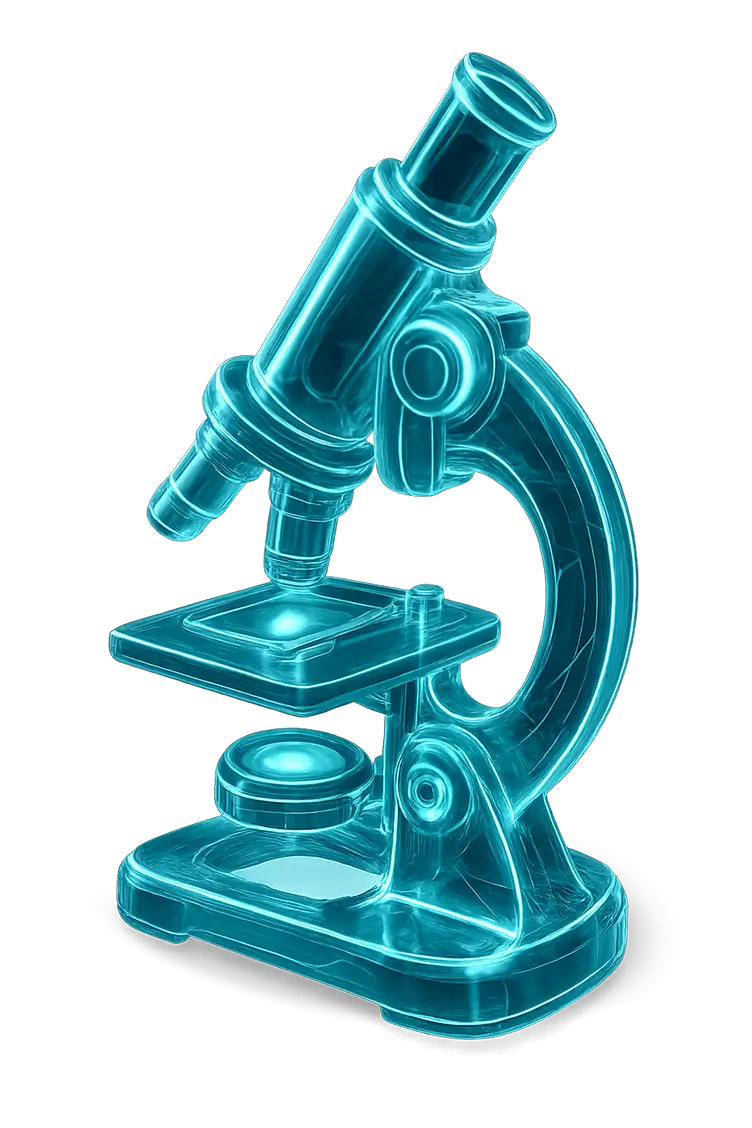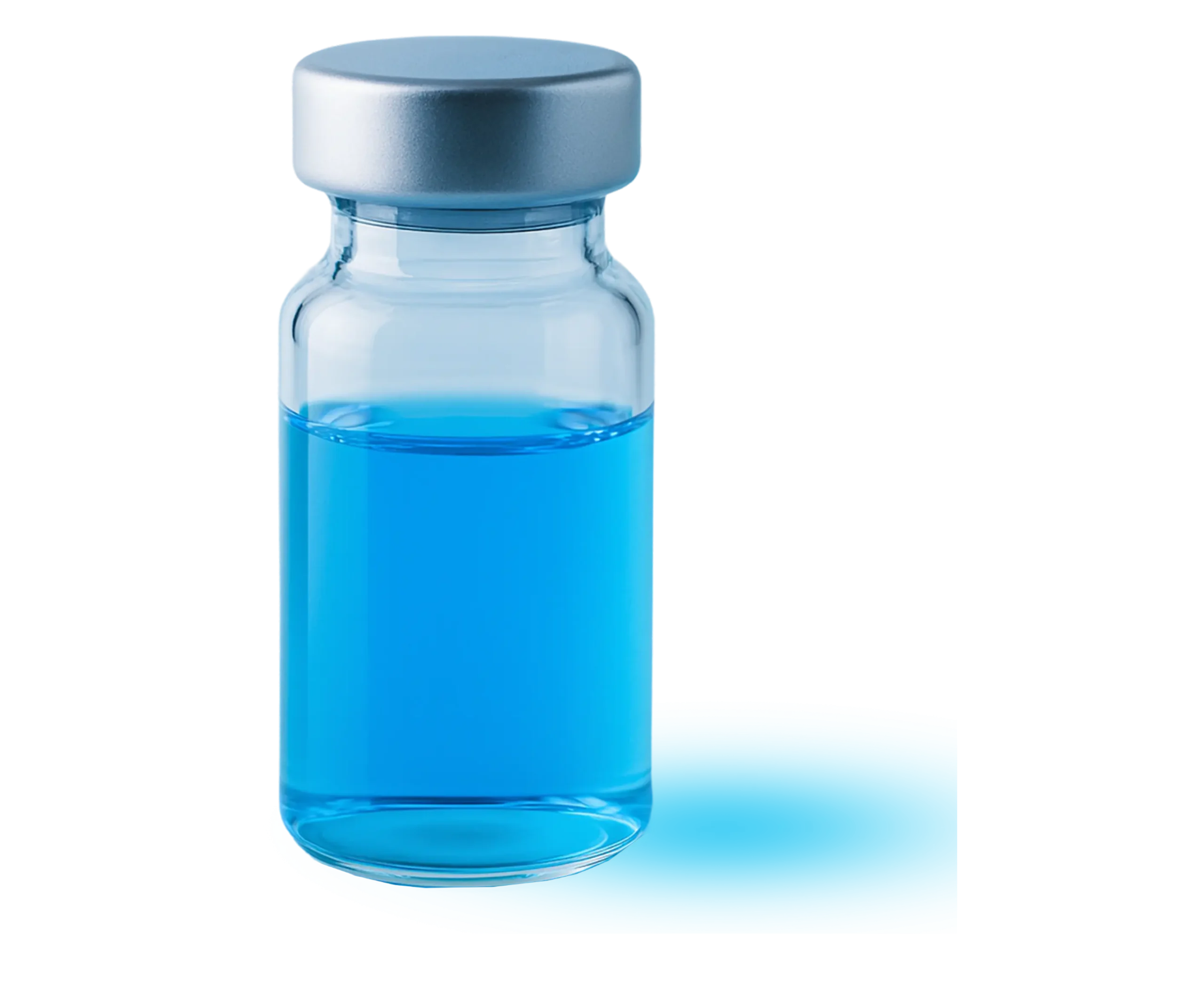Platelet-Rich Plasma (PRP) Injections — Dallas-Fort Worth, TX
Heal knee, shoulder, spine & sports injuries naturally with fluoroscopy-guided precision injections. Same-week appointments, zero hospital downtime.
What is Platelet-Rich Plasma Therapy (PRP)?
Your blood spins twice to isolate healing platelets. Platelet-Rich Plasma therapy is an autologous regenerative injection that concentrates your own growth factors to speed tissue repair—available right here in Dallas-Fort Worth. It anchors our 6-Month PRP Joint Program.
Is this program right for my knee?
Why NTX Regen Center
01
02
03
04
Conditions Covered in the 6-Month Program
- Knee Osteoarthritis
- Rotator-Cuff Tears
- Degenerative Disc / SI Joint
- Hip Labrum Injury
- Tennis & Golf Elbow
- Achilles Tendon Tears
All the above are treated under our 6-Month PRP Program.

6-Month PRP Joint Program in Dallas–Fort Worth
Frisco • Allen • North Dallas • Mesquite
Month 0
1 fluoroscopy-guided PRP injection
Months 2-4
3 booster injections
2 Visits with a Physician
Re-evaluations & Progress scans
Months 6
Physio kit & 6-month text access to your doctor
Multi-joint or spine plans quoted individually.

What to Expect on PRP Treatment Day
01
Blood Draw for PRP
30 mL from your arm;
no fasting needed.
02
Dual-Spine Concentration
A 14-minute centrifuge produces high-dose platelets.
03
Skin Prep & Numbing
Chlorhexidine cleanse plus local anesthetic.
04
Fluoroscopy-Guided Injection
Live X-ray places PRP within 1 mm of the damage.
05
15-Minute Recovery & Home
Walk out in 15 min; mild soreness fades in 24–48 hours.
Common Conditions Treated
by PRP Therapy
- Joint pain (e.g., knee, hip, shoulder arthritis)
- Back pain (degenerative disc disease, herniated discs)
- Soft tissue injuries (e.g., tendonitis, sprains, strains)
- Meniscus tears
- Rotator cuff tears
- Tennis elbow
- Sports-related injuries
How PRP Injections Therapy Works?
PRP delivers concentrated platelets and growth factors directly to the injury site.
- Platelets – Support blood clotting and carry healing proteins.
- Growth Factors – Stimulate tissue repair, reduce inflammation, and promote collagen production.
Over time, this process helps reduce pain and improve function naturally.

PRP Injection Procedure
Performed in-office with minimal discomfort and no surgery.
Step-by-Step:
- Blood Draw: A small amount of blood is collected.
- Centrifuge Processing: Platelets are separated from the blood.
- PRP Preparation: Platelets are activated for healing.
- Precise Injection: PRP is injected using ultrasound or fluoroscopic guidance.
- Aftercare: Mild soreness is normal; avoid heavy activity for a few days.

What to Expect from the PRP Procedure?
During the Procedure
Mild discomfort may be felt, but local anesthesia is used to reduce pain.
After the Procedure
You may experience soreness for a few days. Most patients return to regular activities shortly after.
Recovery Timeline
Healing is gradual, with improvement over several weeks. Some patients may need multiple treatments for the best results.
Follow-up visits help us track your progress and adjust your plan if needed.
Are there any Side Effects of PRP Therapy?
PRP injections are very safe, but some mild side effects can occur:
- Soreness, swelling, or redness at the injection site
- Temporary discomfort during or after injection
Serious complications are rare. Your doctor will explain all possible risks before treatment.

Benefits of Our 6-Month PRP Joint Program
in Dallas–Fort Worth
- 75 % average pain reduction by week 12*
- Accelerates natural tissue healing 2–3 × faster than rest
- 100 % autologous — zero rejection risk
- Single 45-minute booster visits
- Return to work or school the next day
Meet Our Care Team
Board-Certified Orthopedic Spine Surgeon
- Specializes in cervical, thoracic, and lumbar spine surgery
- Fellowship-trained in spinal reconstruction surgery
- Board Certified by the American Osteopathic Board of Orthopedic Surgeons
- Published researcher in Spine and national conference presenter (NASS, SRS)
Board-Certified Pain Management & Rehabilitation Specialist
- Fellowship-trained in interventional spine & pain management
- Board Certified in Physical Medicine and Rehabilitation
- Expertise in musculoskeletal pain, neuromuscular disorders, and electrodiagnostics
- Member of AAPMR, AAP, and American Osteopathic Association
Board-Certified Radiologist & Neuroradiologist
- Board Certified in Radiology with CAQs in Interventional Radiology and Neuroradiology
- Fellowship-trained in both interventional radiology and neuroradiology
- Former Chief Resident at University of Nebraska Medical Center
- Member of ACR, RSNA, SIR, and International Spine Intervention Society
Now Offering PRP Across DFW
- Advanced imaging, including X-rays, MRIs, and CT scans, is available as needed.
- Home physical therapy programs are provided to support recovery.
- Referrals to chiropractic or physical therapy care when necessary.
- Services include injections, PRP therapy, stem cell therapy, and surgical options if required.
- Bracing, crutches, wheelchairs, and other supportive equipment are provided as needed.
- Medications are prescribed to manage pain and aid recovery.
- Telemedicine options are available for patient’s convenience.
- Treatment plans personalized to individual injuries and recovery goals.

What Our Patients Are Saying
Patrick Stallworth
“I have had two prp injections with kassi the PA and Diana, her assistant. They are also very efficient.”
Darren Grayson
“The best treatment ever. best best. Very professional, understanding, and shows concern.”
Becki Andreasen
“I was very satisfied and felt like I was in good hands. Thank you for your care.”
Frequently Asked Questions
PRP uses your own blood, so allergic reactions are rare; typical side-effects are temporary soreness or mild swelling at the injection site.
Growth factors in the injected platelets may jump-start short-term inflammation, stimulate collagen formation and calm chronic inflammation, helping tissues heal instead of merely masking pain.
PRP works well for arthritis, tendonitis, ligament strains, joint degeneration, and some spinal pain. It’s especially useful when other treatments haven’t worked.
Yes—your blood is drawn, spun to concentrate platelets and injected in the same appointment, usually within an hour.
Mild soreness is common for a day or two. Most patients resume light activity the same day and follow a recovery plan customized to their needs.
Benefits often persist six months to a year—and sometimes longer—before some people choose a follow-up shot.